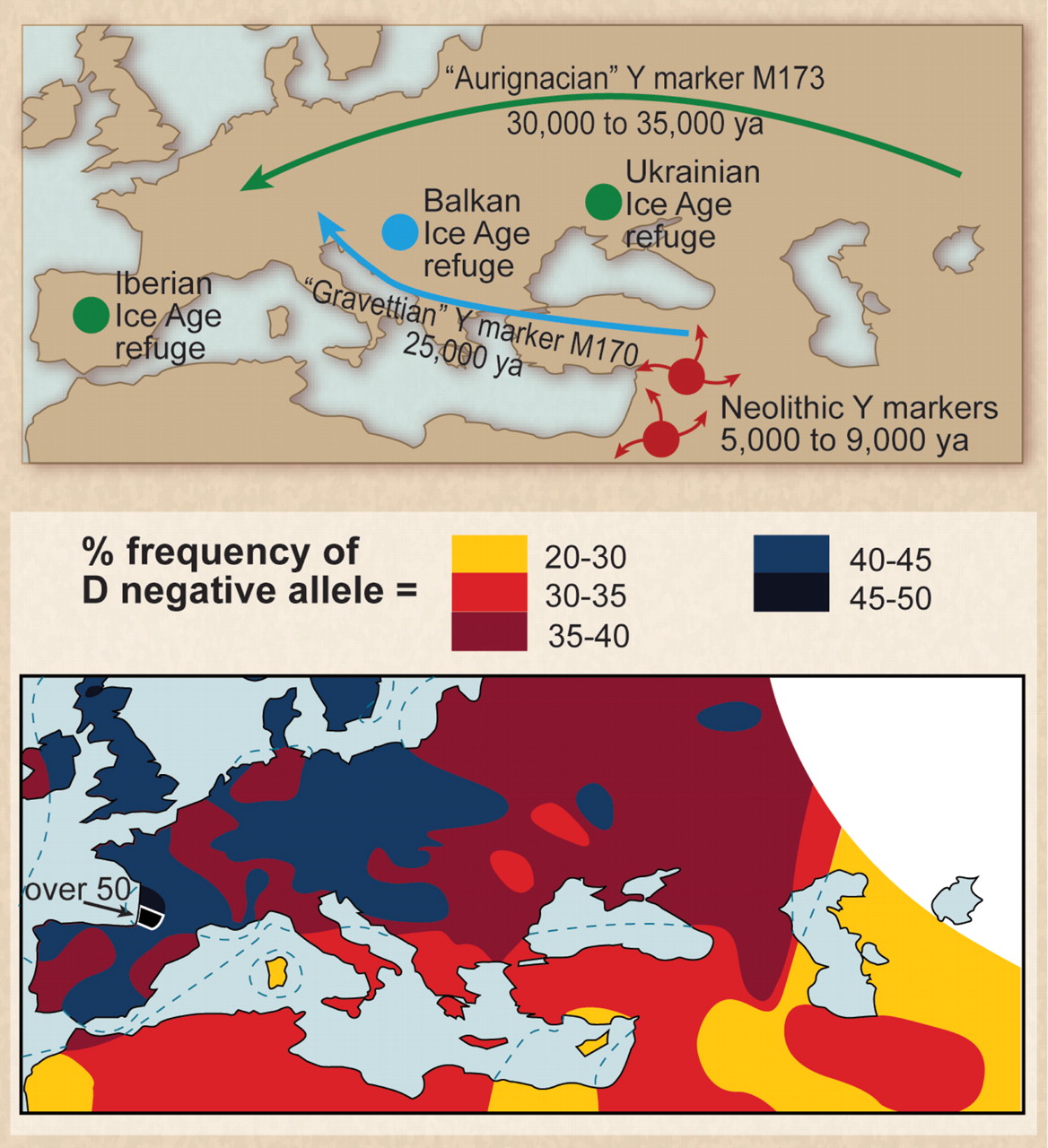

Determination of ABO blood groups and Rh typing from dry salivary samples. Every person has a blood type (O, A, B, or AB) and an Rh factor, either positive or negative. publications/dictionaries/cancer-terms/def/antigen NCI Dictionary of Cancer Terms: Antigen.

Evaluation of the secretor status of ABO blood group antigens in saliva among Southern Rajasthan population using absorption inhibition method. Bethesda, MD: National Center for Biotechnology Information (US). donate-blood/blood-donation-facts/blood-types/ 9 things to know before you donate blood in 2019. You can learn more about how we ensure our content is accurate and current by reading our editorial policy. Healthline has strict sourcing guidelines and relies on peer-reviewed studies, academic research institutions, and medical associations. If your blood cells respond by clumping together, you have Rh-positive blood. Next, your blood will be mixed with an anti-Rh serum. Reverse typing is a cross-check for forward typing and provides confirmation of results. The result from forward typing is the patient’s blood type. Heres a breakdown of the most rare and common blood types by ethnicity, according to the American Red. Summary and Rh typingĪBO testing should include both forward and reverse typing. In general, the rarest blood type is AB negative and the most common is O positive. This has led some to suggest that Rh-Negative blood must be of a non-human origin. Health problems may occur for the unborn child of a mother with Rh-Negative blood when the baby is Rh-Positive. There are also instances, however, where people are Rh-Negative. So, for example, if agglutination occurs when your serum is mixed with type B blood cells, you have type A blood. Most people who have the Rh blood type are Rh-positive. Type O blood contains both anti-A and anti-B antibodies. People with type A blood have antibodies against Type B blood (“anti-B antibodies”) in their serum, and those with type B blood have antibodies against Type A blood (“anti-A antibodies”) in their serum. The second step is called “back typing” or “reverse typing.” The liquid part of your blood without red blood cells (serum) is mixed with blood cells that are known to be type A and type B. If blood cells stick together, it means your blood cells reacted with one of the antibodies.įor example, if your blood cells agglutinate when mixed with antibodies against type B blood (“anti-B antibodies”), you have type B blood. The first step is called “forward typing.” Your blood cells are mixed with antibodies against type A and B blood, and the sample is checked to see whether the blood cells stick together (agglutinate).
The typical method for typing blood involves two steps: A phlebotomist (someone trained to draw blood) will use a needle to draw blood from your arm or hand at your doctor’s office, a clinical laboratory, or a hospital


 0 kommentar(er)
0 kommentar(er)
